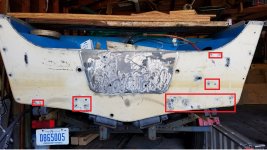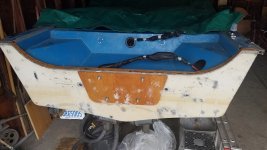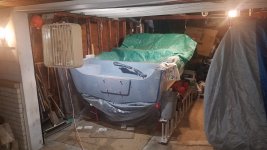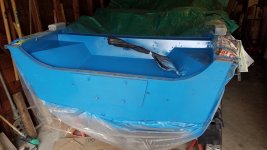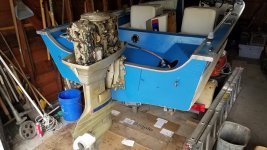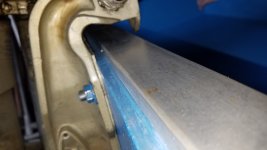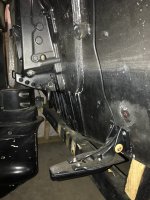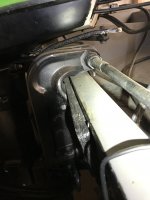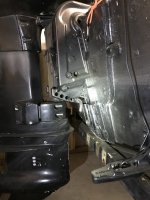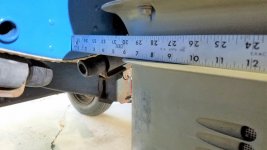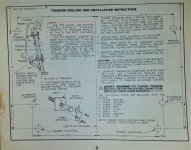The transom wood got three good coats of OTF just in time for the Midwest to drop into a deep freeze for most of February. Hopefully, 50-60 degree temps will allow for a coat or two or Spar in the not-so-distant future.
In the meantime, it's probably best for me to focus on the aluminum portions of the transom before coming back to the wood. Unlike automobiles, Michigan is actually rather kind to boat hulls. I'm thankful that I'm not dealing with any genuine corrosion to speak of (Lord knows I deal with plenty on my cars). I feel for
@dizzyspots and others whose boat hull’s look like my Buick’s undercarriage.
As for my boat, 40+ years of fishing equipment have pockmarked the transom with approximately 24 holes that have no future use (see red areas of photo). Most of these holes are below the waterline. I replaced the decking 2 years ago (using the factory pieces as templates) and very few of the holes have inside access.
Seeing as I’ll be using blind rivets either way, are any opinions out there regarding how many hole-fill rivets are too many? I know that builds with major holeage use a patch plate secured with rivets and sealed with 5200, Sikaflex etc. Is there any argument against using a fair number of 3/16” shallow grip rivets, dipped in 5200 or similar? The entire transom area will be resprayed (Rust-Oleum Safety Blue) before the motor is back on, thus preventing a rivet-acne sort of appearance.
Any and all thoughts on this are appreciated. I wish I had more to add to posts and questions I read on this forum every week but it’s hard with all the genuine expertise on here. Thanks everyone.
